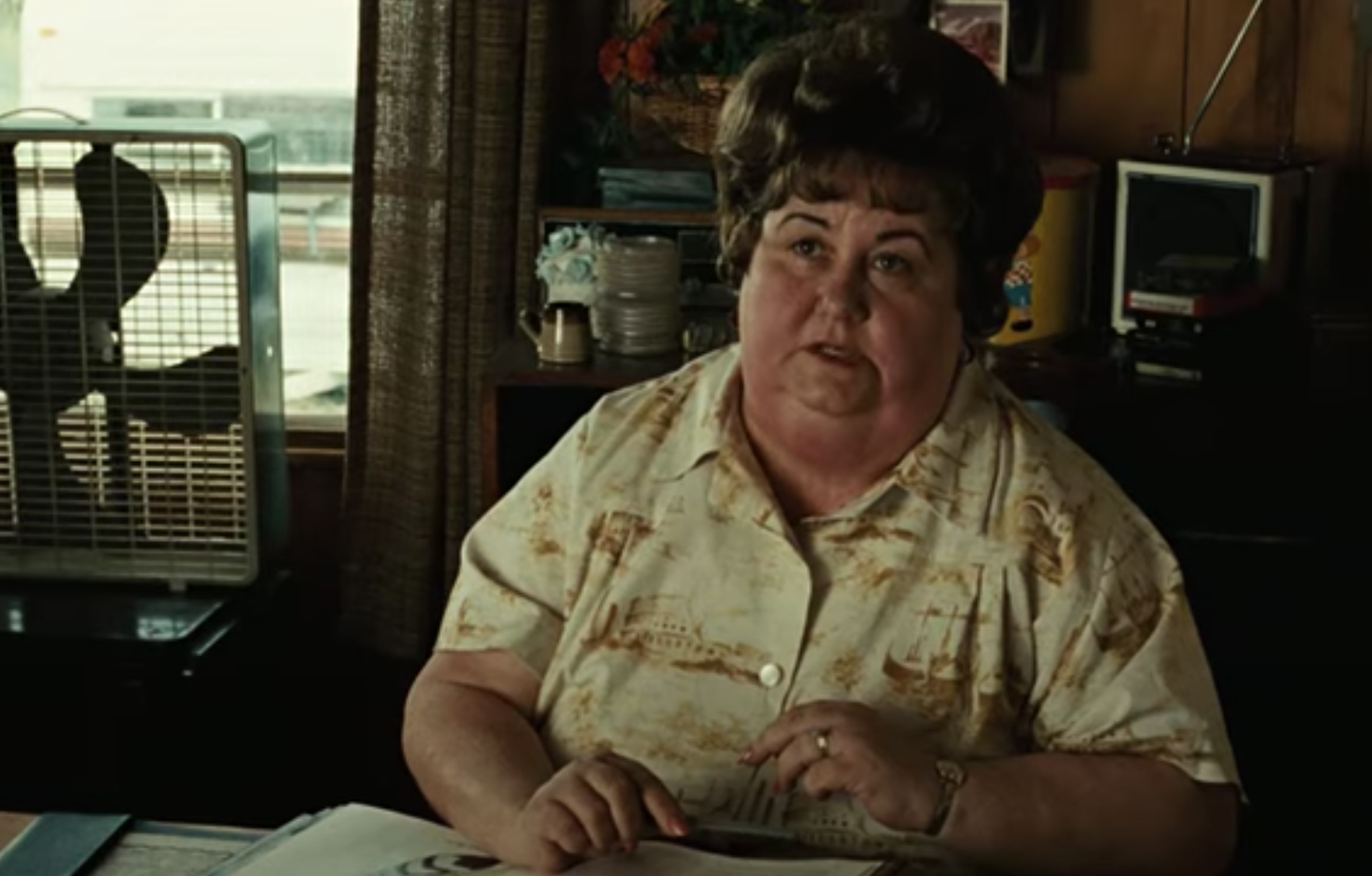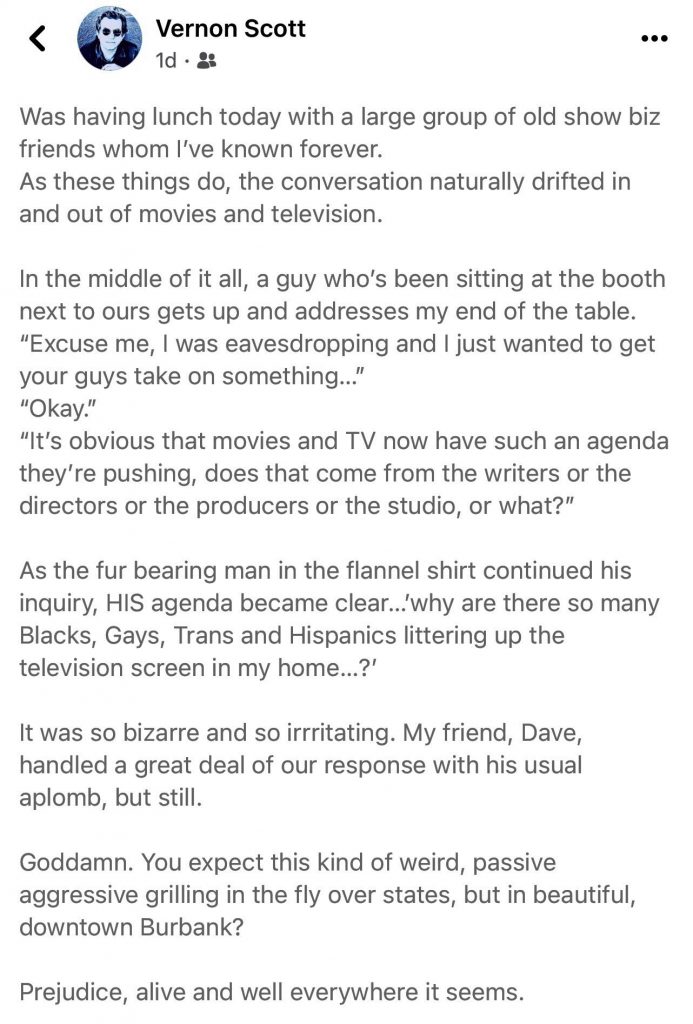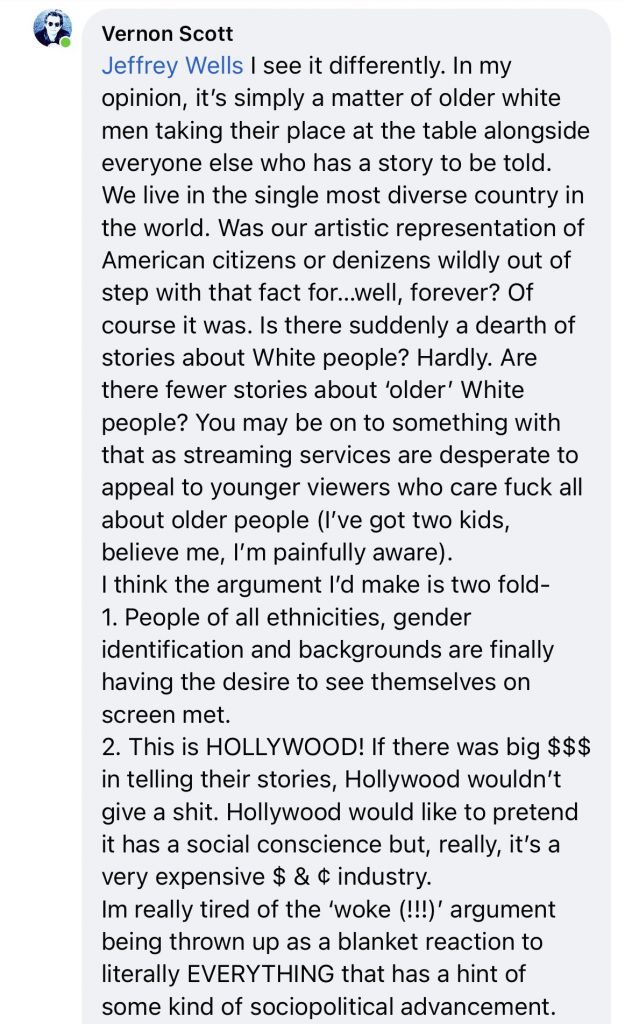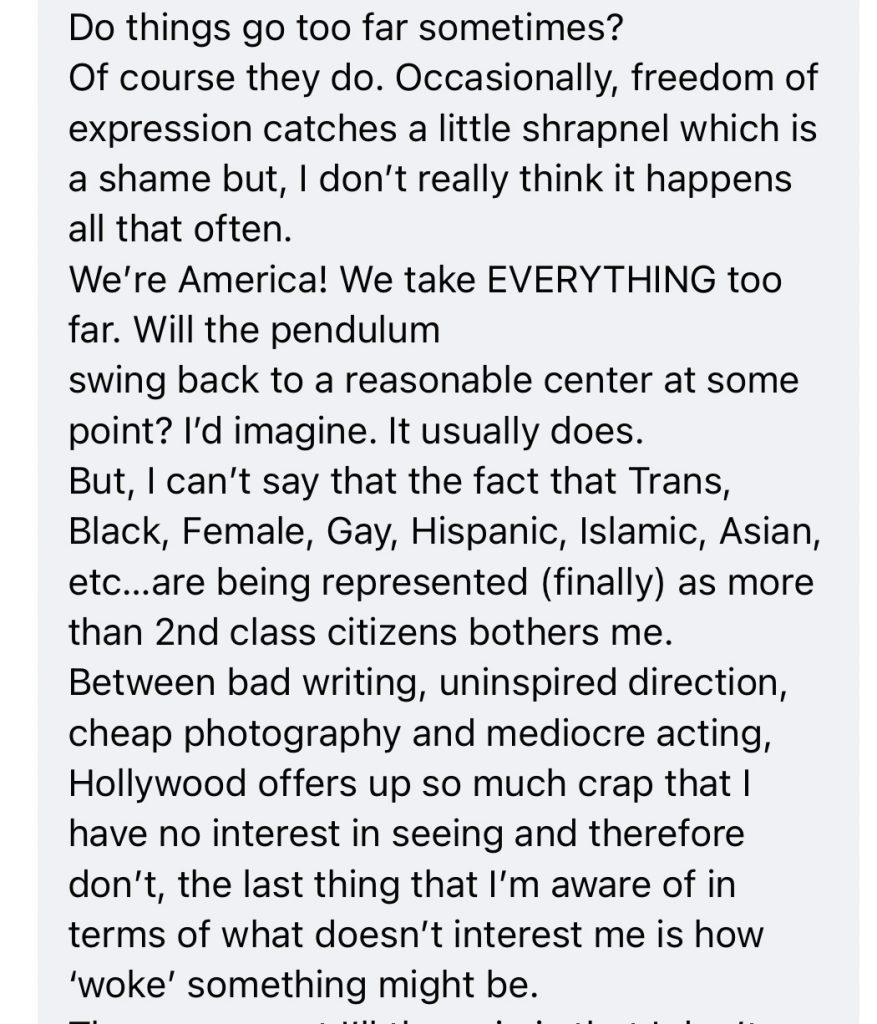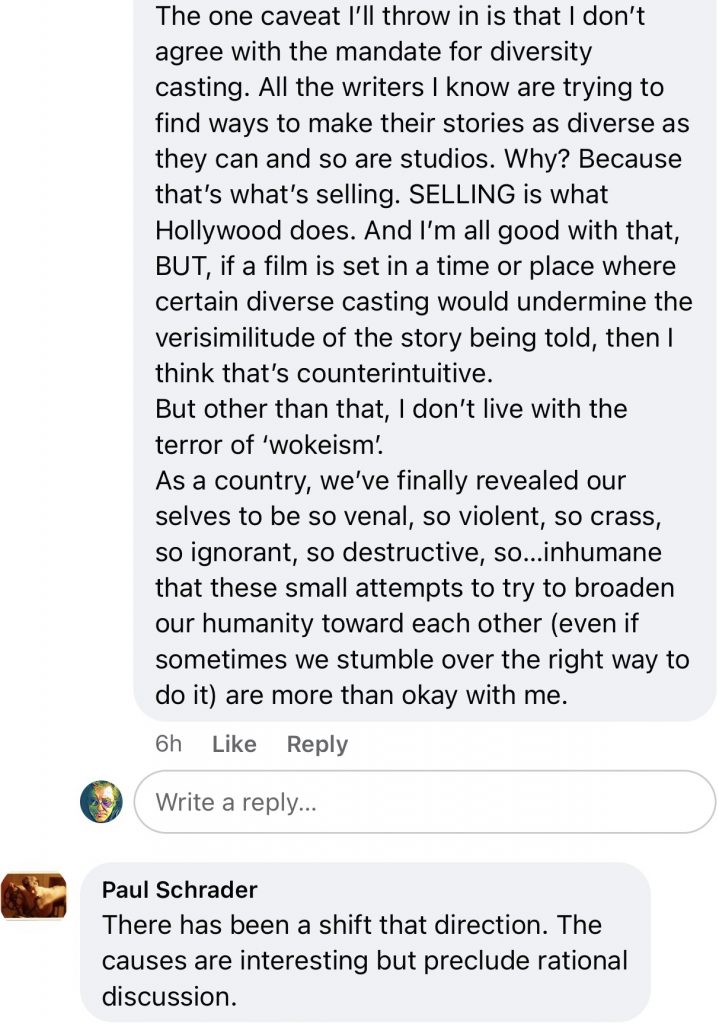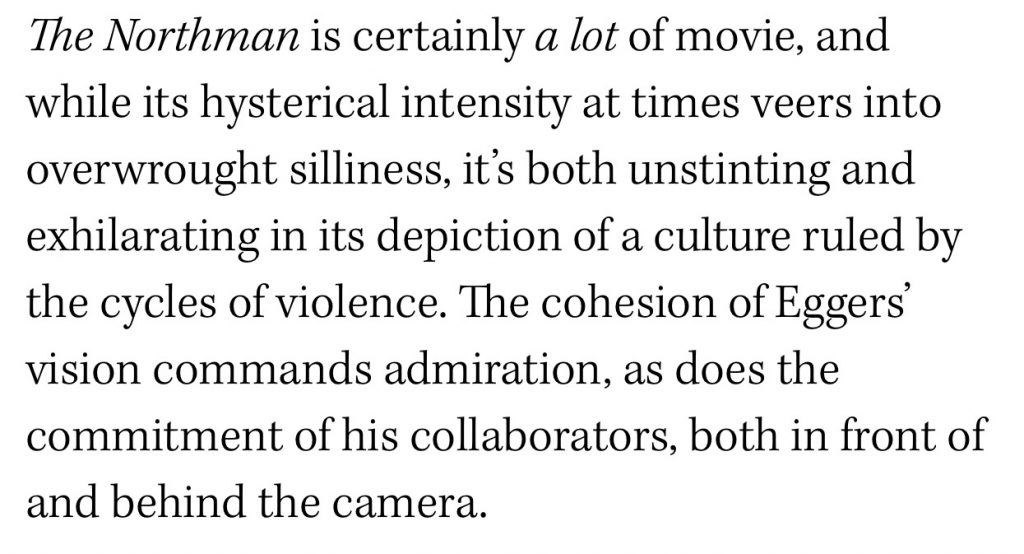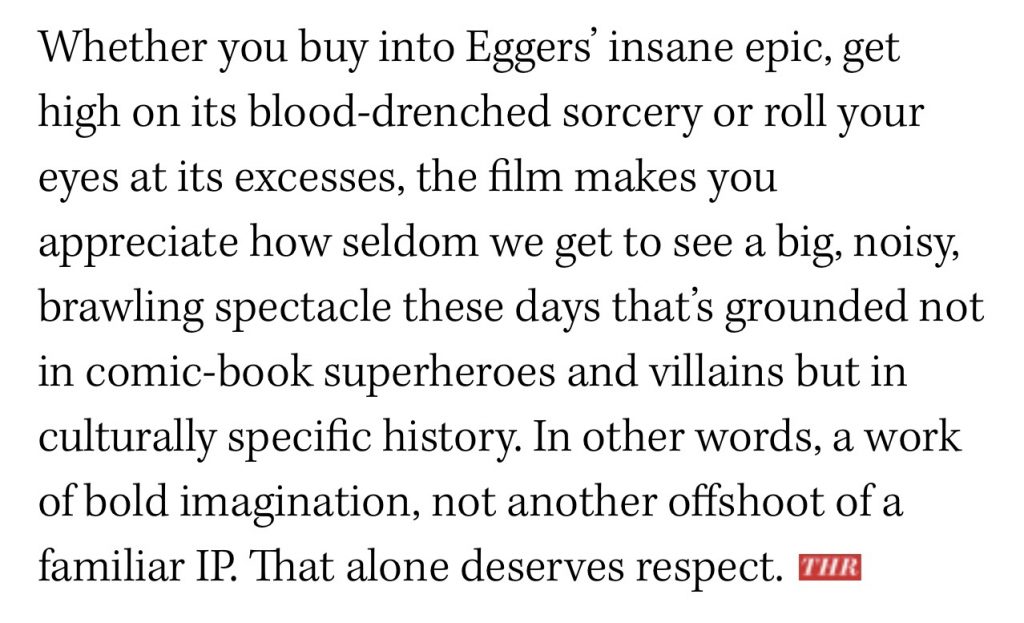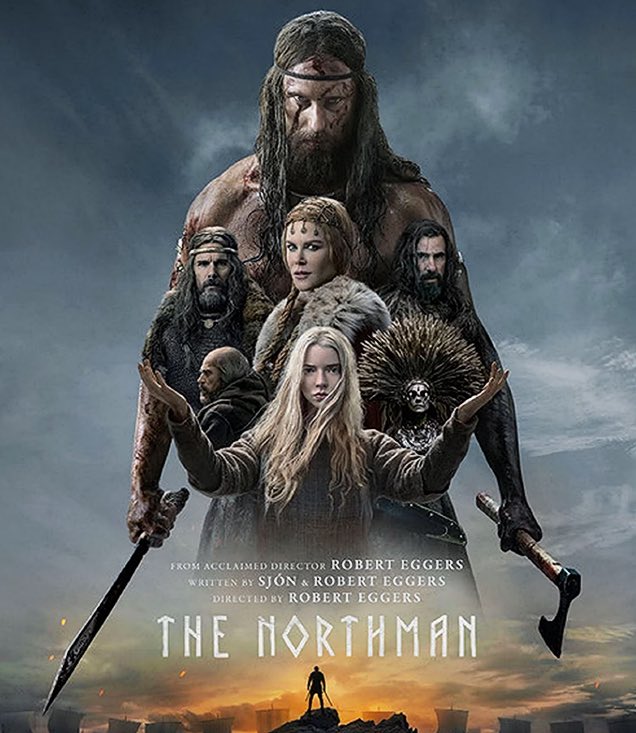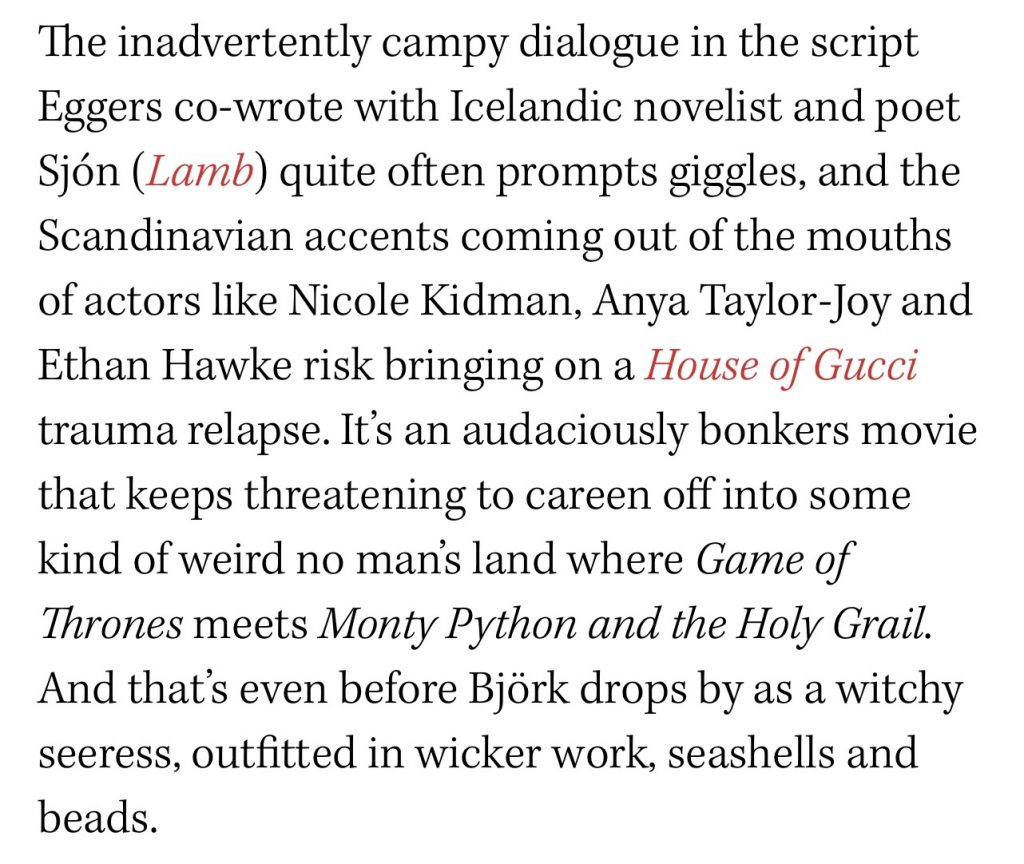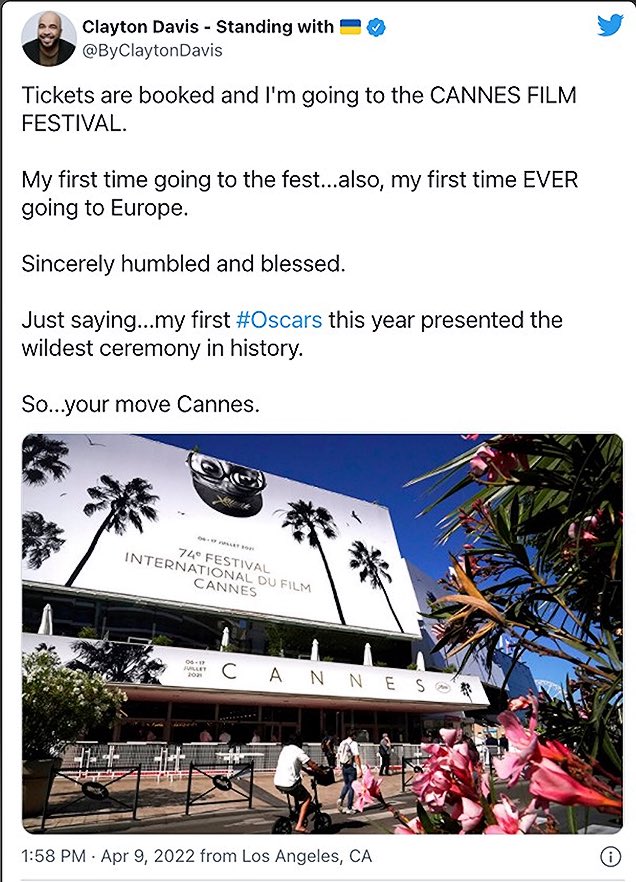A year or two from now a large, rectangular, 12-storied, glass-walled building (business + residential) will arise on the south side of the Sunset Strip — 8850 Sunset Blvd.. Right across from Panini, an Italian pizza take-out place that I’ve been going to for decades, and bordered by Larabee on the eastern side and San Vicente Blvd. on the west.
No, they’re not destroying the Viper Room…well, they are but they’re re-launching or reconstituting it as a kind of corporate lounge rock-music club, or so it seems. The VR’s glowing shamrock green color (a trademark thing) will frame the entrance.
This morning a couple of older guys with a notepad and printed reading materials dropped by to solicit opinions about the forthcoming structure. I shared a few thoughts, using the words “soul-less” and “rancid” and “corporate-feeling”, etc.

After they left I posted the following on the 8850 website:
“The proposed (and almost certainly forthcoming) 8850 Sunset Blvd. structure will be, to go by your illustrations, another moderately ugly and soul-less office building that will (what else?) degrade the aesthetic atmosphere of the Strip. All of that glass looks so synthetic, so humdrum, so similar to tens of thousands of other office + residential buildings all over the world.
“Imagine if, say, Frank Gehry had been hired to design it. Or a disciple of Gehry’s. I have no ideas myself, but a less conventional Gehry-ish design would probably feel a bit more fitting, given the uptown vibe and all.
“It’s L.A. buildings like these that make visiting the historical sections of London, Paris, Rome, Florence and Prague such transporting experiences. Over there they respect history and classic architecture and keeping in touch with the past. Then again this part of the Strip hasn’t been anything to architecturally shout about for decades.
“The upside is that the building will offer affordable housing to a certain number of low-income citizens (less than $40K or $45K annually), and that’s a good thing. Plus they’re going to include a space for the Viper Room, which unfortunately will lose the coal-black exterior and a ton of other atmospheric touches, but at least will still ‘exist’, so to speak.”
Follow-up: If I were calling the shots I’d insert a kind of Hollywood Walk of Fame marble sidewalk square that commemorates River Pheonix, who died in front of the Viper Room on 10.31.93.
For the usual expedient reasons the people behind this project are pretending to be interested in what average WeHo residents think about it. I don’t know why I just wrote this. The fix is in. What’s next, the destruction of Book Soup?

Read more


